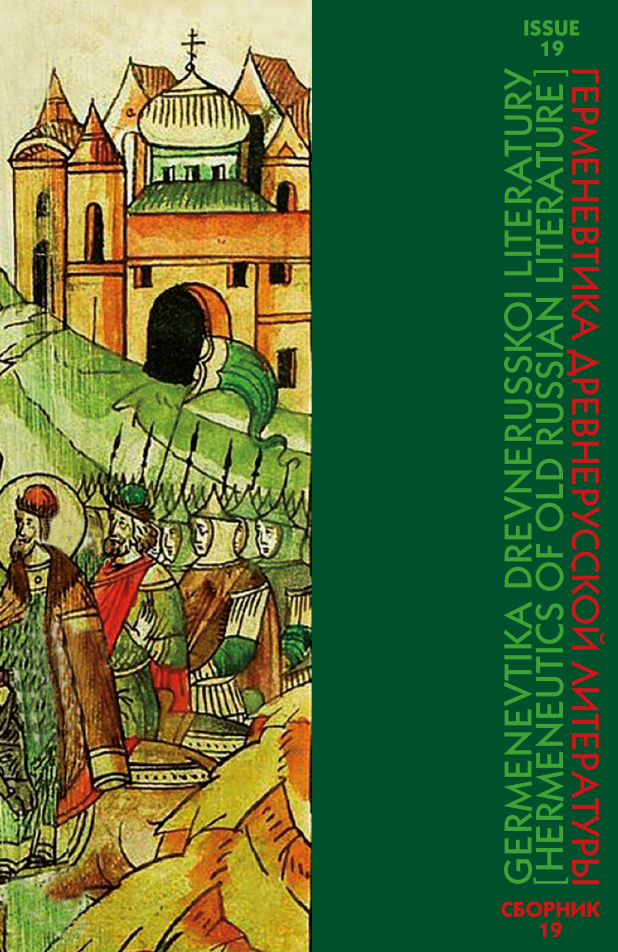Abstract:
The article examines the influence of trade relations between Novgorod and Hanseatic League, the main intermediary in trade connections between Central, Eastern and Northern Europe, on the development of education in Russia at the turn of the 14th–15th centuries on the example of educational activity of St. Gennady of Novgorod. Trade relations between Novgorod and Hanseatic League contributed to the development of similar forms of trade affairs, being an integral part of intercultural communication, which was reflected in customs, manners and language. Economic needs contributed to the development of education and spirituality. Novgorod, the largest center of chronicle writing in Old Russia, was also a spiritual center. Novgorod lords collected old manuscripts, mostly of a liturgical plan. However, a special place is occupied by the activities of Russians outstanding enlightener of the 15th century St. Gennady of Novgorod, who not only did a lot to enlighten his flock, but for the first time collected all the books of Holy Scripture into a single code and in 1499 published the so-called Gennadiev Bible in manuscript form. Novgorod’s communication ties with Hanseatic League made it possible to attract the latest for the time reference books, specialists to create the Bible Code of 1499, which is the greatest achievement of medieval enlightenment. Gennadiev Bible is a sign of a high spiritual culture that has preserved its own biblical traditions and borrowings from other traditions of Holy Scripture translations. The Bible’s appearance at the end of the 15th century is a vivid evidence of fact that our country was in the distant era in bosom of a common European Christian civilization.
REFERENCES
1 Ilarion (Alfeev), Mitropolit Volokolamskii. Tserkov’ v istorii: Pravoslavnaia Tserkov’ ot Iisusa Khrista do nashikh dnei [Church in History: The Orthodox Church from Jesus Christ to the Present Day]. Moscow, Izdatel’stvo Moskovskoi Patriarkhii Russkoi Pravoslavnoi Tserkvi: Veche Publ., 2013. 360 p. (In Russian)
2 Leichik, V.M. Liudi i slova: Kak rozhdaiutsia i zhivut slova v russkom iazyke [People and Words: How Words Are Born and Live in Russian]. Moscow, Knizhny dom “LIBROCOM” Publ., 2009. 216 p. (In Russian)
3 Romodanovskaia, V.A. “Gennadievskaia bibliia: zadachi i printsipy izdaniia” [“Gennadiev Bible: Tasks and Principles of Publication”]. Trudy Otdela drevnerusskoi literatury [Proceedings of the Department of Old Russian Literature], vol. 59. St. Petersburg, Nauka Publ., 2009, pp. 245–263. (In Russian)
4 Rybina, E.A. Novgorod i Ganza [Novgorod and Gansa]. Moscow, Rukopisnye pamiatniki Drevnei Rusi Publ., 2009. 320 p. (In Russian)
5 Squires, Catherine. Die Hanse in Novgorod: Sprachkontakte des Mittelniederdeutschen mit dem Russischen : mit einer Vergleichsstudie uber die Hanse in England. Köln, Weimar, Wien, Böhlau, 2009. 278 p. (In German)






